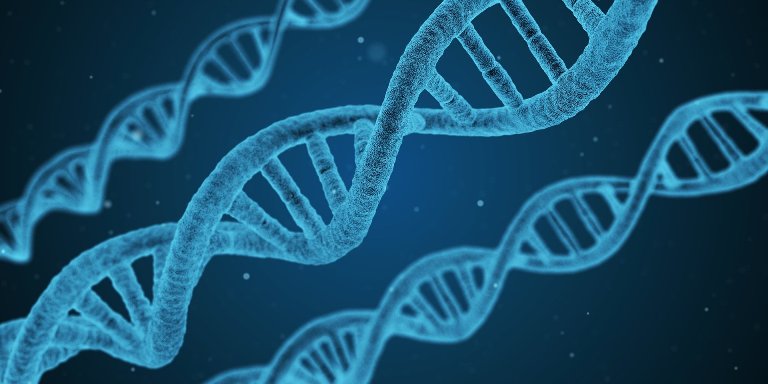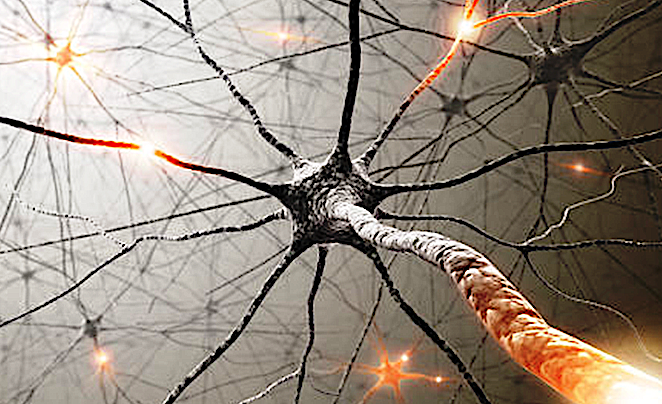UNDERSTANDING CANABINOIDS
Cannabinoid receptors are a class of cell membrane receptors under the G protein-coupled receptor super family. As is typical of G protein-coupled receptors, the cannabinoid receptors contain seven transmembrane spanning domains. Cannabinoid receptors are activated by three major groups of ligands, endocannabinoids (produced by the mammals), plant Canabinoids (such as THC, produced by the cannabis plant) and synthetic Canabinoids such as HU-210 produced in a laboratory.
All of the endocannabinoids and plant Canabinoids are lipophilic, meaning that they are fat soluble, compounds.
There are currently two known subtypes, termed CB1 and CB2. The CB1 receptor is expressed mainly in the brain (central nervous system or "CNS", but also in the lungs, liver and kidneys. The CB2 receptor is expressed mainly in the immune system and in hematopoietic cells. There is mounting evidence that suggests that there that there are novel cannabinoid receptors that is basically clased as , non CB, which are expressed in endothelial cells and in the CNS. endothelial cells are a cell type that forms a sheet (the endothelium) lining all blood vessels. Canabinoids bind reversibly and stereo-selectively to the cannabinoid receptors. The affinity of an individual cannabinoid to each receptor also determines the effect of that cannabinoid. Therefore Canabinoids that bind more selectively to certain receptors are more desirable for medical usage thus CBD bonded in fats bound by THC have a better effect on the human Body.





